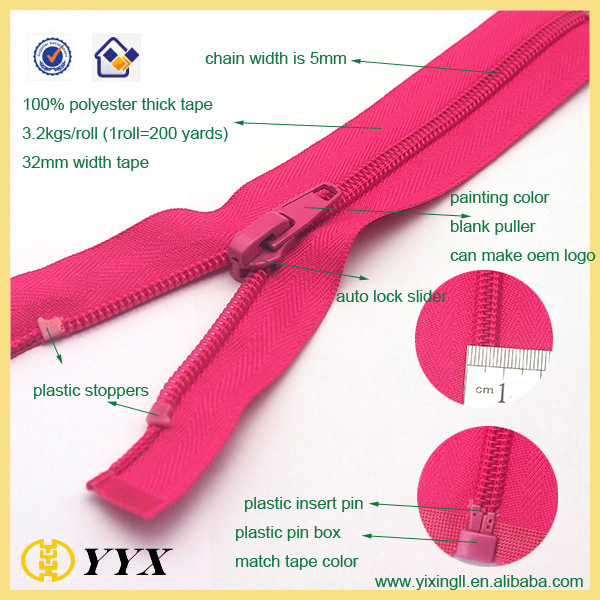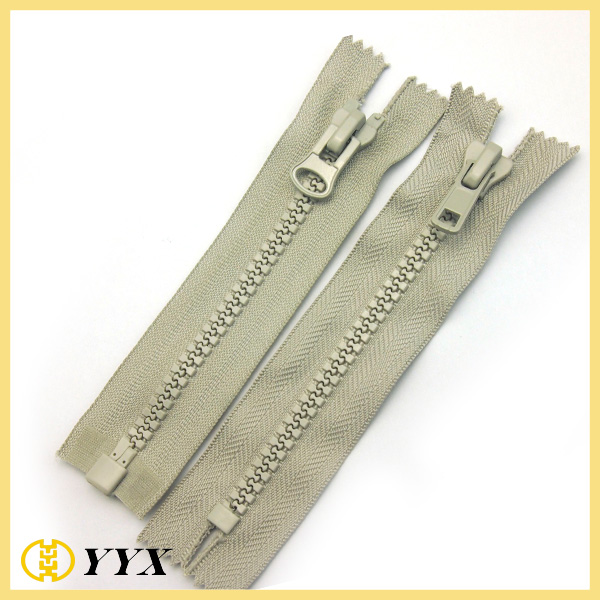So many projects, from boat covers to pillows and everything in between, use Zippers. When it comes time to select a Zipper for those projects, however, all of the options and variations of zippers can be overwhelming. We answer a lot of questions about the different types, sizes and styles of zippers, so to help shed some light on the subject, we`re going to compare and contrast the options so you know exactly how to select the perfect zipper for your next project.
Zipper Size

Let`s start off with zipper sizes. Zippers are sized with a number designation (e.g. #5, #10). These numbers are based on the width of the zipper teeth in millimeters when the zipper is closed. So a #5 zipper`s teeth measure around 5 mm across, a #10`s teeth measure around 10 mm and so on. This makes selecting a size easy, because the bigger the size, the larger the zipper teeth will be. Sailrite stocks zippers in sizes #4.5 for home décor projects like cushions and pillows, #5 for medium-sized projects like larger cushions and bags, and #10 zippers for large projects like sail packs, boat enclosures and tents.

One way to narrow down your zipper selection is by the type of tooth on the zipper. There are two main types: coil and Vislon. Vislon is the most common marine zipper, and it features teeth made from Delrin plastic that are molded onto the Zipper Tape. This construction makes them strong and practically weatherproof. Vislon zippers come in sizes #5 and #10.
Coil zippers feature plastic teeth that, as the name implies, look coiled. The teeth are sewn on to the side tape with polyester thread. Coil zipper teeth are stronger and more flexible than Vislon zippers, making coil a great choice for curved applications like a smile window on an enclosure. However, because the teeth are sewn on, they don`t last as long in the sun as Vislon zippers do. Coil zippers are available in #4.5, #5, and #10 sizes.